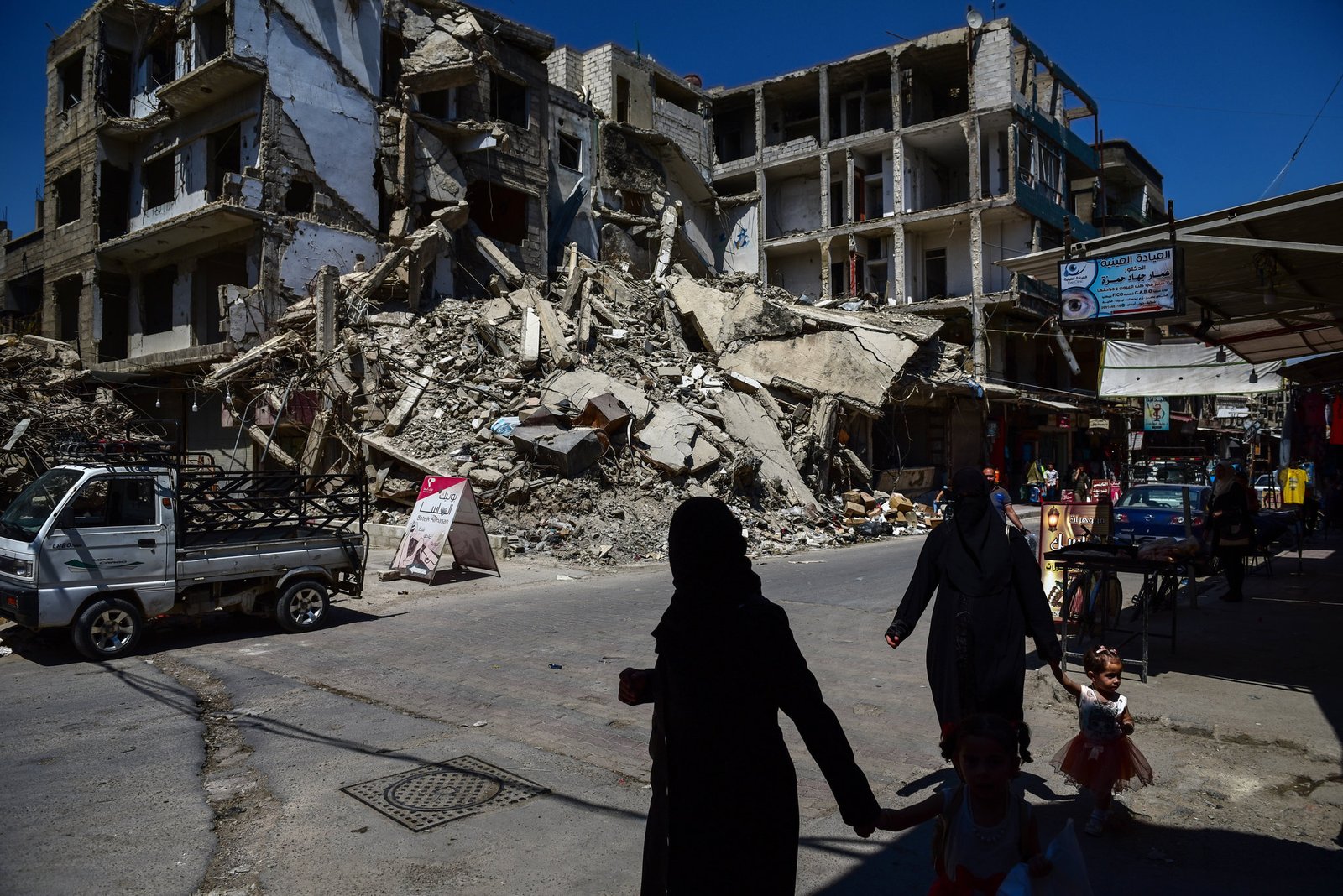Architecture and violence; a prima facia look at both of these words would not make any sense. It may also seem to us that they have no connection as such. But a closer look will surely help us discover this unusual connection. What is it? Probably the ‘space’. Space is a result of architecture, whereas it is also ‘space’ that is disrupted by violence. On the other hand, its architecture that helps a deformed space to regain its significance. Hence, the focus here remains in understanding spaces or cities that have undergone brutal transformations due to war or violence. We shall also look at how architecture eventually helps in coping up to the violence. Generally, violence seems to disrupt built forms. But in reality, we lose a lot more when a building is being destroyed. Violence changes the face of architecture. The physical identity is attacked and eventually lost as well.
Furthermore, it also gives rise to new .architecture. Post destruction, the new architecture makes way for new ideologies or meanings per se. There is another aspect associated with this process, i.e humans. Humans are an important connection or driving factor between architecture as well as the act of violence. Moreover, as much as violence affects architecture, architecture influences violence too.
The connection between Architecture and Violence
Most of the instances of violence show that destroying architecture has been the prime focus of the extremists. The more the architectural significance, the more is the space prone to be the target of violence supporters. This is probably because architecture has been a sign of power. At times it has also referred to being an identity and pride. And violence focuses on the destruction of these iconic references to exhibit their authority and power. Destroying of strategic architectural locations, that are famous in the public domain is the prime target of the violence creators. This is because it helps to spread the wave of fear with larger intensity.
Usually, cultures and cities establish their power and authority through strategic buildings of national importance and their rich monumental heritage. People tend to look up to these structures with great pride. An emotional bond is established, as well. This is why architecture becomes the prime focus of violence—destroying these means indirectly inducing fear and stress in the environment. This becomes easy for the violence creators to put forward their anger and demands. The building of national importance also means it is associate with certain personalities famous in the public domain. Destruction of these architectural structures indirectly also induces the idea of a threat to these personalities. It is usually seen that the infrastructure associated with the personalities or culture is attacked first by the violent groups to put forward their power and demands.
Examples of Architecture and Violence



For instance, take a look at the pattern of 9/11 attacks. It is very well known that the attack was done by some of the extreme Islamic terrorist groups. They led the violent attack on the United States. The violence that was aimed to shackle the superpower of America, was executed by the destruction of Architectural identity. The famous World Trade Center was destroyed. Two planes were crashed into its North and South towers rolling down the mighty structure to debris. The world Trade centre was an influential building in the skyline of the U.S. Along with the architecture, it was also the American ‘pride’ that was attacked. Furthermore, another important structure that was attacked similarly was The Pentagon Tower, which was the headquarters of the U.S Defence department.
Moving on, another violent Islamic terrorist group led the 26/11 attack at various locations in Mumbai, India. This was a big blow to Mumbai’s cultural heritage. The heritage structures of Taj Hotel and Cama hospital became the terrorist target. A series of other strategically important structures in the city were attacked as well. Here too, the violence pattern was similar. Structures of monumental, political and public identity were attacked.
Now let’s see how Japan had recovered post-war. It could regain its status and re-establish itself in post-war by building advanced infrastructure. Architecture thus also becomes a way of giving a befitting reply to violence groups. It gives away a message – break us in your vicious ways and we will stand stronger than ever. It is also architecture that is used to present the obituary to the war heroes. War memorials form an important part of civilization. Hence architecture and violence are related in more than one ways.
Conclusion
Architecture acts as the backdrop for violence. Destroying of infrastructure means the destruction of mass lives, culture, heritage and resources. Thus, architecture and violence are very well connected in a very abstract manner. Destroying of iconic status is somewhere viewed as the most devasting or most impactful way of putting forward a violent message. At the same architecture is also viewed as the most appropriate response to violence.

